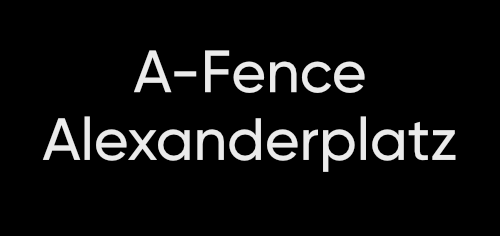Reka One
James Reka is a young contemporary Australian artist living in Berlin. His origins lie in the alleys and railway lines of Melbourne’s suburbs. His character works now represent the beginnings of a new style of street art: clean, unique and not necessarily on the street. Surrealistic, abstracted creatures emerge from the depths of Reka’s mind and communicate through strong lines, dynamic movements and strong colours. Their personalities reflect those of their metropolitan context and open a dialogue between the viewer and his or her surroundings. Reka’s most recent solo exhibitions have taken place in London, San Francisco, Denmark and Melbourne. He exhibited at the Royal West of England Academy (RWA) in Bristol and has been featured in exhibitions in New York, Munich, Denver and Cologne.


In the streets, his figures decorate the walls of cities all over the world, from Japan to Milan and Paris to Brooklyn, from Montreal to Berlin. Recently acquired by the National Gallery of Australia for its permanent collection, Reka’s work consolidates his place as one of Australia’s most respected contemporary street artists. Through these origins, Reka has developed an incredibly meticulous, almost obsessive attention to the technical skills of his work, which has led him to create increasingly meticulous and detailed works. His art is situated somewhere between humorous and threatening, contrasting the two opposing emotions in a way that is unique to his vision. These pseudo-human forms are recognisable, but isolating, playful and yet uncanny. This is Reka’s art: a paradox between sharp design and graffiti, held together by a mixture of passion and spray paint. With influences from pop culture, cartoons and illustration, the Reka style has become known for its fusion of high and low art. This style originated against the background of its logo design, which was influenced by Pop Art and is characterised by simple but striking lines and colour schemes. Over time, the logos and symbols he designed for clients evolved into more structured, animated forms and incorporated variations of the various media he began experimenting with. These elements include murals, graphics, photographs and, more recently, working with found objects, which he often found while walking along train tracks at night or exploring abandoned warehouses.
